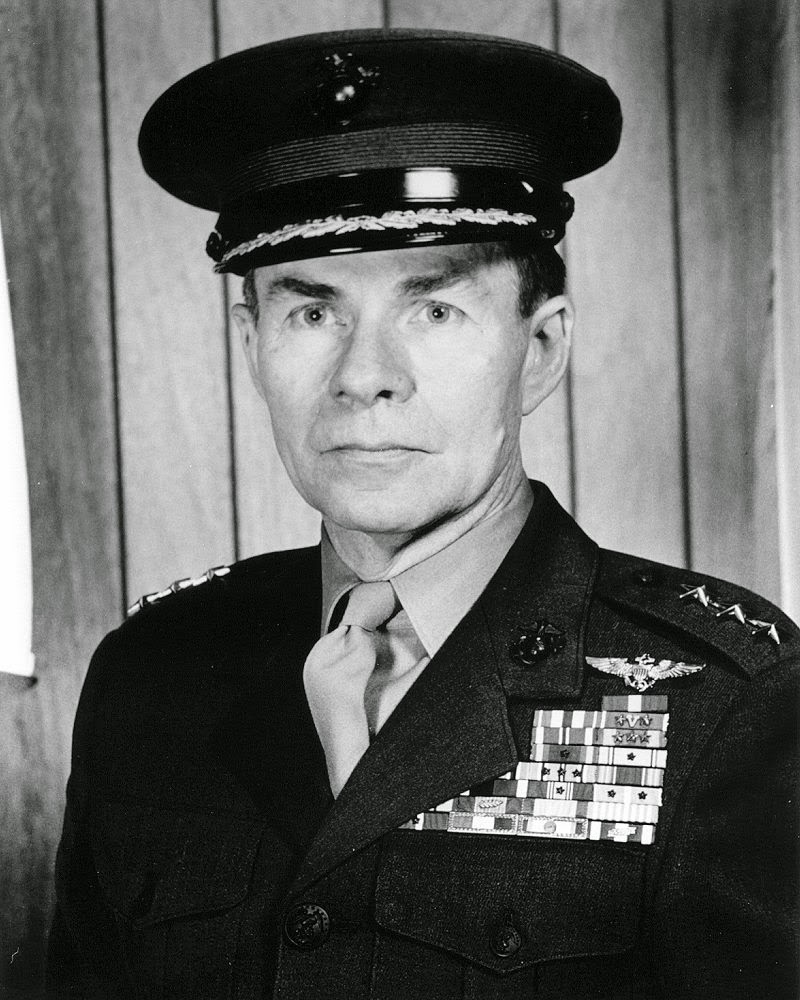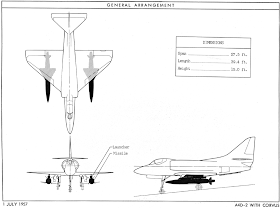 |
| The Boeing XPBB-1 Sea Ranger prototype |
Despite being a dated pre-war design, the Consolidated PBY Catalina was already successful before America's entry into the Second World War. Martin Aircraft decided to go one step further than the Catalina realizing the potential of newer, more powerful engines with its 1937 offer to the US Navy for what became the PBM Mariner. With a bigger hull but the same speed and payload of the PBY Catalina, Martin's proposal was eagerly received by the US Navy and the Martin XPBM-1 prototype made its first flight in February 1939. Seeing what Martin had accomplished with the design, in the following month the Navy issued a new specification for an even more powerful twin engine flying boat using the new powerful Wright R-3350 Duplex Cyclone radial which had made its first bench run in May 1937. The Consolidated PBY Catalina used the Pratt and Whitney R-1830 Twin Wasp radials developing 900 hp each. The Martin PBM Mariner used Wright R-2600 engines developing 1600 hp each. The Wright R-3350 in development developed 2200 hp, so the potential for an even better twin engine flying boat was obvious to the Navy. With Martin and Consolidated busy with their respective flying boat designs, the Navy invited Boeing and Vought-Sikorsky to submit designs that used two R-3350 engines. Vought-Sikorsky had extensive flying boat expertise with pre-war designs used by both the Navy and civilian airlines. Boeing had just flown what many considered the pinnacle of commercial flying boats, the Boeing 314.
 |
| Note the long tapered wings that were based on the B-29's |
Boeing's initial submission featured a tapered straight wing using the Davis airfoil with retractable outboard floats and a bomb bay within the hull. The flying boat was also pressurized to allow high altitude transit to patrol areas. The Navy preferred the Vought-Sikorsky design but the company had little resources to spare was it was busy with other priority projects. The Navy then asked Boeing if they would be willing to build the Vought design on 24 February 1940, but Boeing expeditiously redesigned their submission and the following month responded the US Navy's request with a presentation of an improved design that had a narrow, low drag hull, fixed outboard floats, bomb bays moved into the inner wings and deletion of the cabin pressurization. The new design was larger and more capable and dispensed with the Davis airfoil with a new Boeing in-house design that was also used on the B-29 Superfortress project. The Navy was suitably impressed and ordered one prototype for evaluation as the XPBB-1 on 29 June 1940. The mockup review went quickly in January 1941 with the XPBB prototype starting construction in June 1941. With the potential of the new design to be superior to both the PBY and PBM, the Navy went ahead and ordered 57 PBB-1s on 8 October 1941 despite the XPBB prototype not having made its first flight yet. To accommodate production for the PBB Sea Ranger as it was called, a new Boeing plant was built on the southern shores of Lake Washington at Renton. With the clouds of war on the horizon that fall, the Navy indicated to Boeing that as many as 500 Sea Rangers would be needed before 1943.
 |
| Note the bomb bay doors on the underside of the inner wings |
The PBB Sea Ranger was a remarkable clean aerodynamic design for a flying boat. The outer wing and horizontal stabilizers were near-identical to that used on the B-29 Superfortress (which would make its first flight in September 1942). The Wright R-3350 engines developed 2300 hp and drove a 16.5-foot diameter three bladed prop. The original proposal was for counter rotating props, but designing the gearing for a contraprop proved to difficult at the time. Instead of fuel bladders, the wing was wet with integral tankage which not only saved weight, but gave the Sea Ranger an enormous fuel capacity that would make 72-hour patrols possible. As the tanks were emptied, carbon dioxide gas under pressurization would purge and inert each tank. Each wing had five bomb bays that were between the wing ribs with a roller door covering each bay. The payload of the ten bays would have been 20,000 lbs of bombs (identical to the B-29 bomb load). Pylons could be fitted between the bays to carry torpedoes or other weapons too larger for the wing bomb bays. The defensive guns were eight 50-caliber guns with a twin dorsal turret and twin tail and nose ERCO turrets that were similar to the nose turret of the Consolidated PB4Y Privateer. A single 50-caliber gun was used on two waist mounts which were teardrop shaped also like the waist mounts on the Privateer. Below the nose turret sat the bombardier whose front window could be protected by doors when the Sea Ranger was landing or taking off. In addition to the bombardier, two pilots, the flight engineer, navigator and radio operator sat in the flight deck with the remainder of the crew rounded out by five gunners.
 |
| The Sea Ranger's wings were its key to long endurance patrols |
On 9 July 1942 the XPBB-1 Sea Ranger prototype made its first flight from Lake Washington. There were remarkably few issues that arose during the flight test program. The aircraft was formally delivered to the Navy on 12 January 1943 but the prototype remained in the Puget Sound area for the Navy's trials. The production Sea Ranger would have differed only in details from the XPBB-1 prototype. It was during the flight test program that the fortunes of the Sea Ranger began to wane. It was clear by that point that the B-29 Superfortress program was a national priority for the war effort. This was taking on more and more of Boeing's resources and worse yet for the Sea Ranger, it used the same engines as the Superfortress and production priority for the R-3350 was earmarked for the B-29. This was also the same time that the Navy began shifting patrol missions to land-based aircraft like the PB4Y-2 Privateer. The same year that the Sea Ranger made its first flight, the Navy had also asked Consolidated about a variant of the B-24 Liberator that was more dedicated to the patrol bomber mission than the first PB4Y-1s which were Liberators with modest changes for the naval mission. The PB4Y-2 was the definitive patrol bomber version and it made its first flight in the same year as the Sea Ranger. As the Privateer didn't use the same engines as the B-29, it didn't have to compete for R-3350 production like the Sea Ranger. As a result, the Sea Ranger was canceled with only a single aircraft built.
The Sea Ranger prototype was flown anyway further by the Navy to its flight test center at Patuxent River, Maryland, on 5 October 1943 and given a formal evaluation despite the cancellation. The Navy was immensely impressed with the Sea Ranger, believing it to be the best flying boat ever developed. Even though the Renton plant where the Sea Ranger was to be built was turned over to B-29 production, the Navy reconsidered its cancellation and approached Martin Aircraft about producing the Sea Ranger for Boeing. The R-3350 engines would have been swapped out with Pratt & Whitney R-4360 Wasp Major engines for a power boost along with two booster jet engines for added performance. The Wasp Major was even more powerful than the R-3350 and production was to begin on that engine in 1944. The Sea Ranger, even though a Boeing design, would have had the Navy designation P4M in recognition of Martin's production of the type. For obvious reasons, Martin wasn't enthused about building someone else's design and at the time of the Navy's proposal, work had already started at Martin on a land-based patrol bomber with two R-4360 Wasp Major engines and two Allison J33 booster jet engines. That design was what became the P4M Mercator which made its first flight in October 1946.
News reel footage of the Sea Ranger's maiden flight
While the Sea Ranger presented a promising opportunity for Boeing, it ended up being a dead end that arrived at the twilight of the flying boat as a maritime patrol aircraft. Stuck competing with resources with the much more important B-29 Superfortress, the Sea Ranger's historical legacy is not so much its design but rather the Renton facility that was built in anticipation of production. The Renton facility became home to the B-29 program but in the post-war era was where Boeing was launched into the jet age with production of the KC-135, 707, 727 and 737 taking place at Renton. In fact, the Navy's newest maritime patrol aircraft, the Boeing P-8A Poseidon, is built at the Renton alongside commercial 737s.
Source: American Bomber Aircraft Development in World War 2 by Bill Norton. Midland Publishing, 2012, pp 117-120. Photos: Boeing, San Diego Aerospace Museum.
















